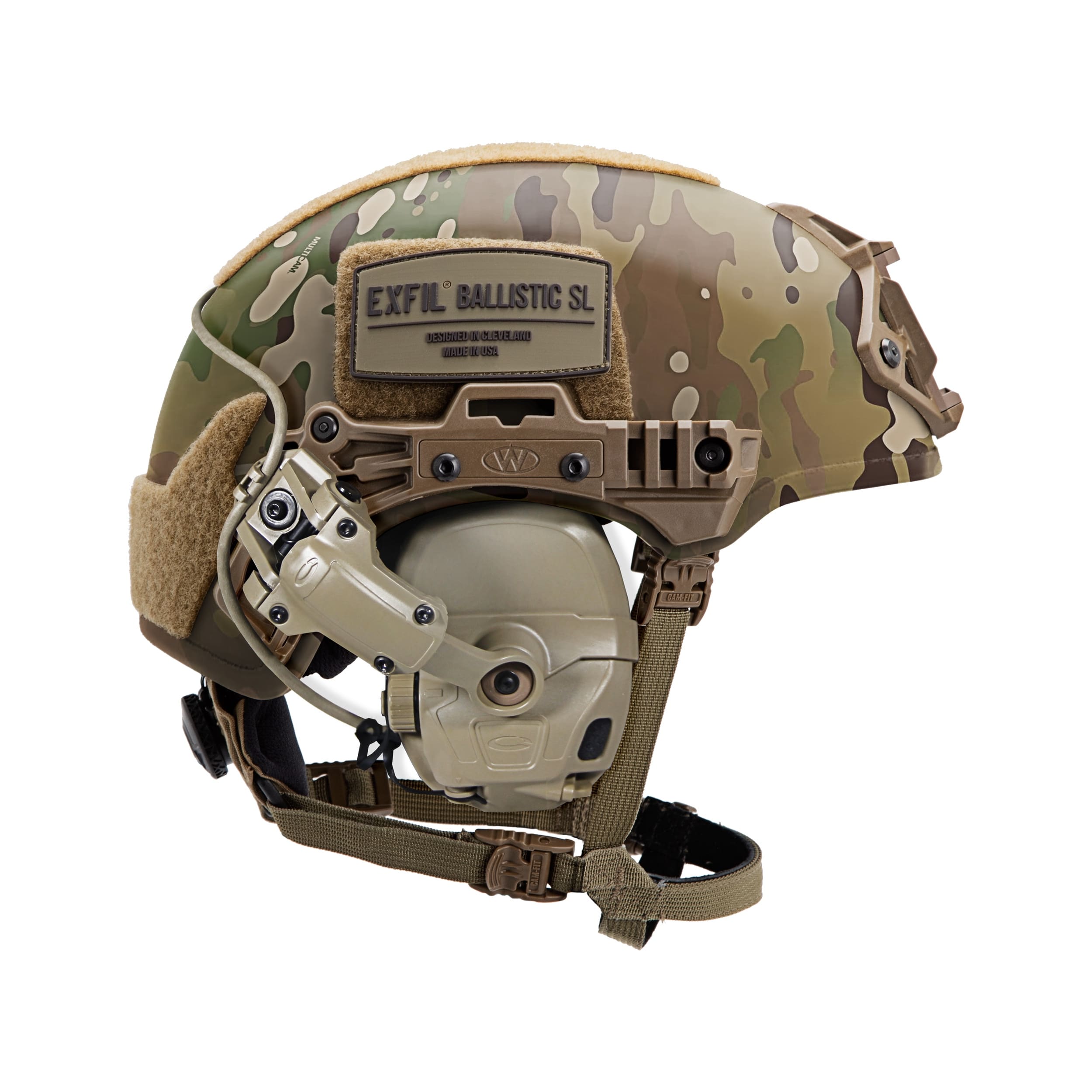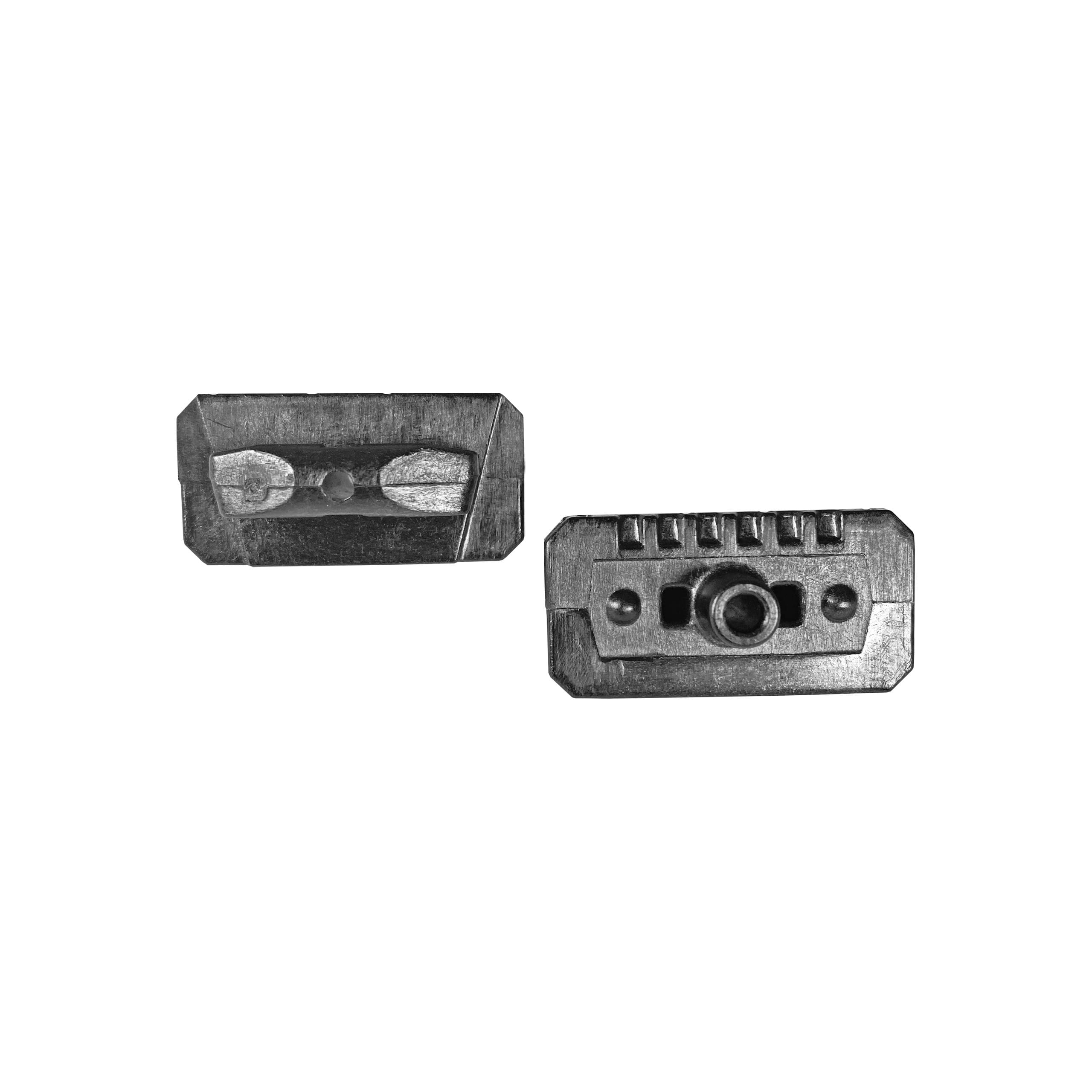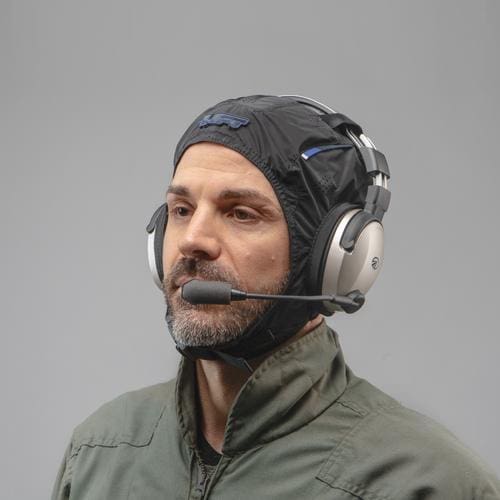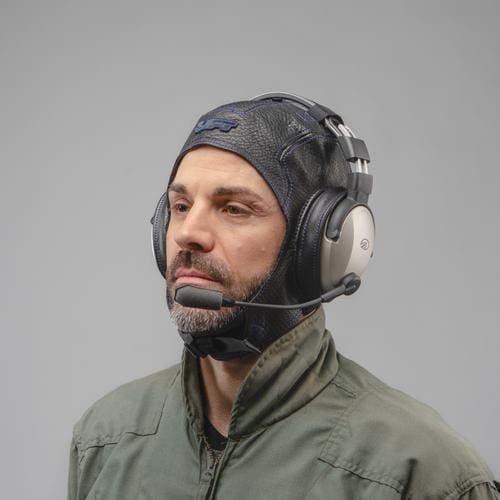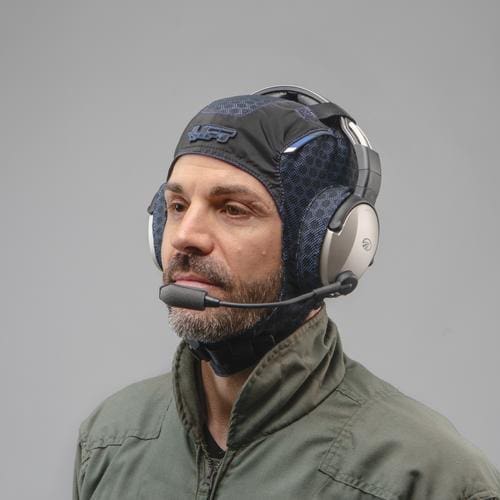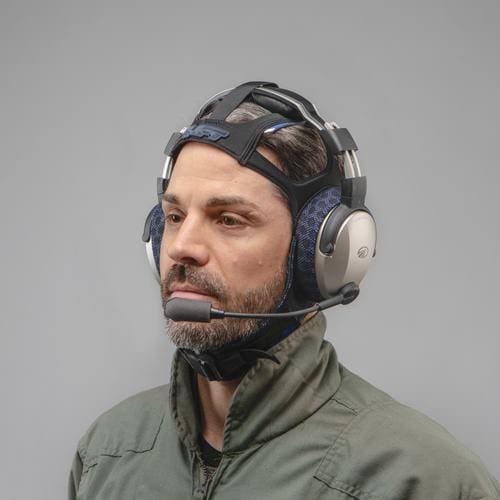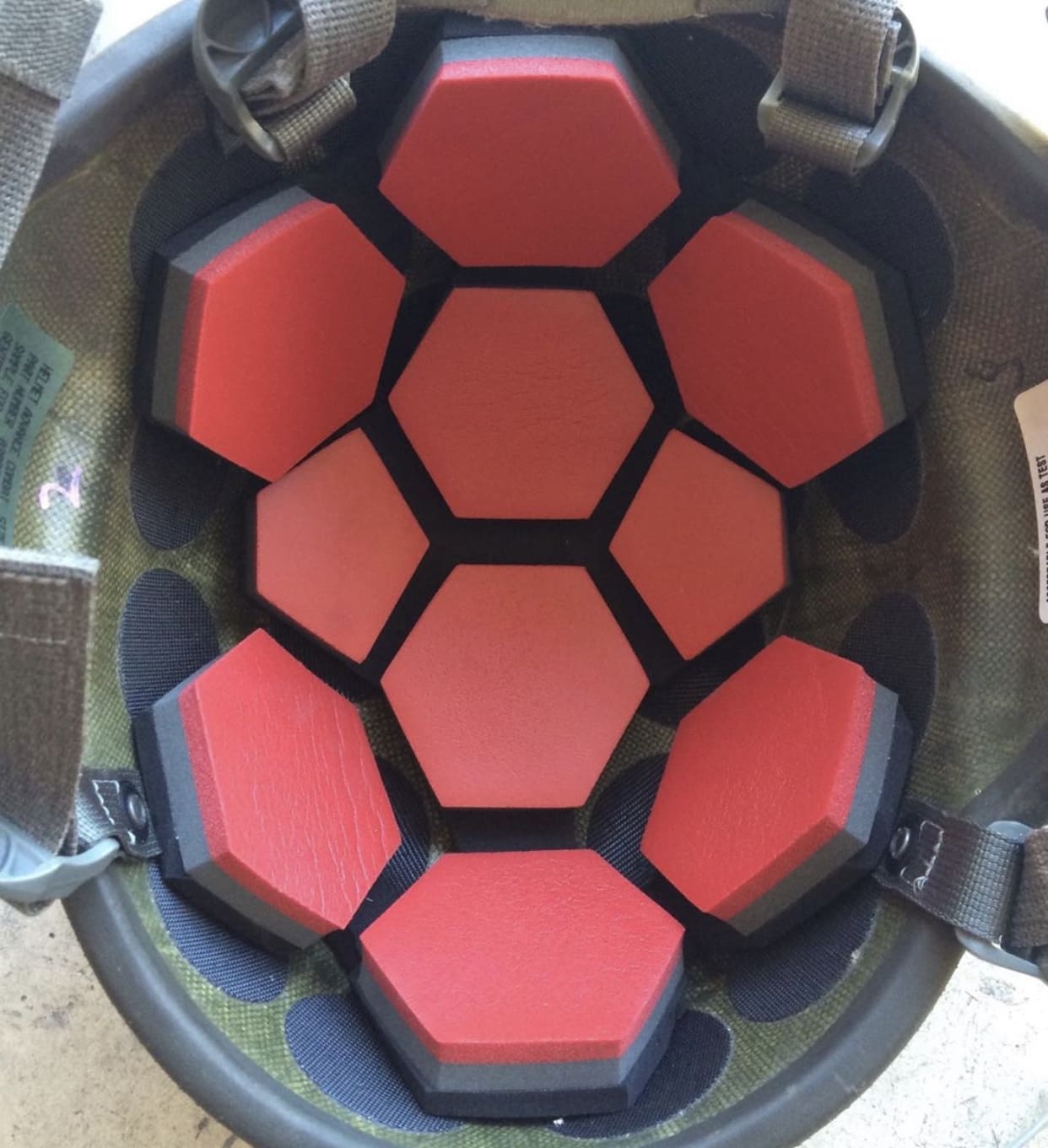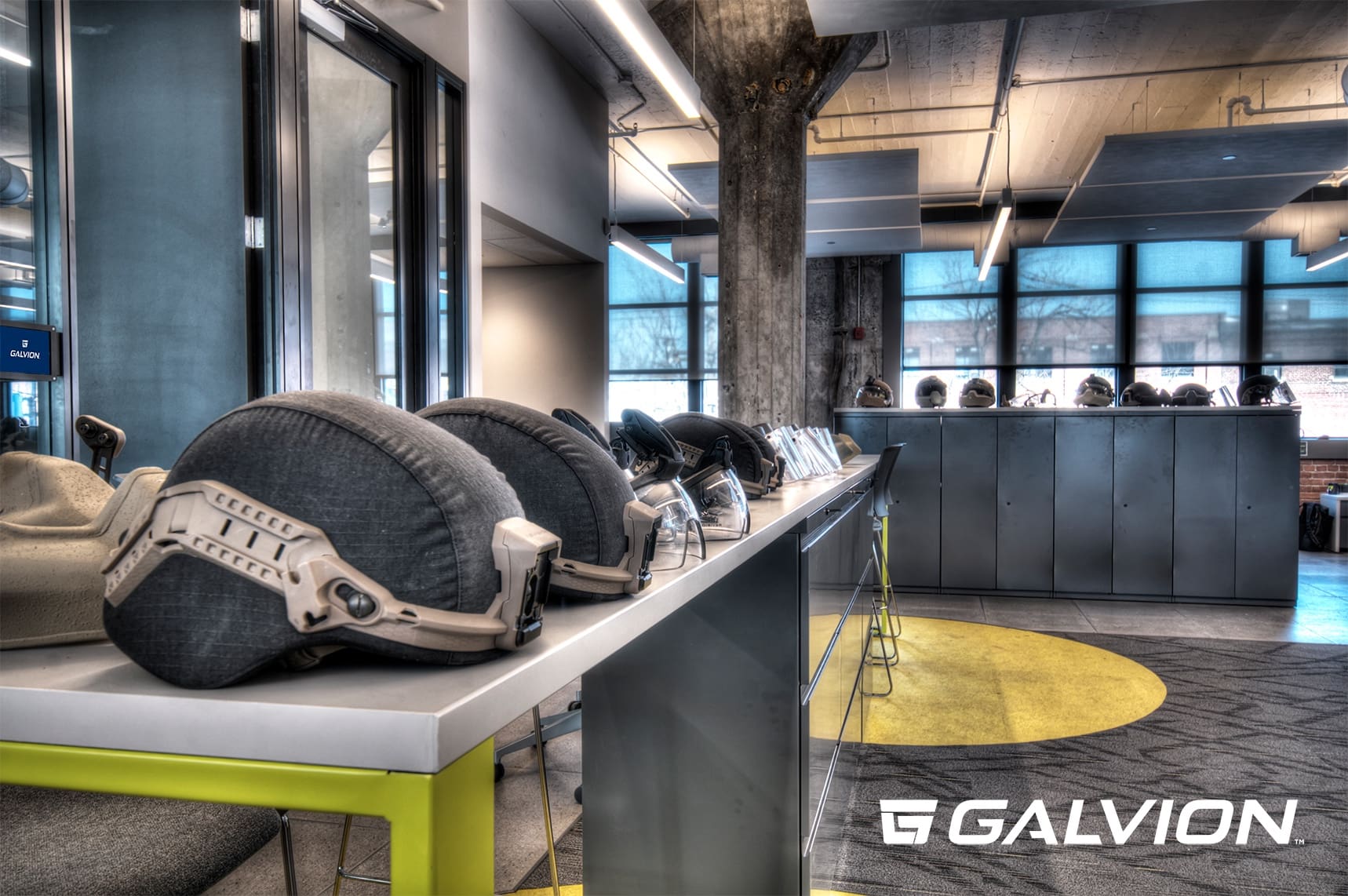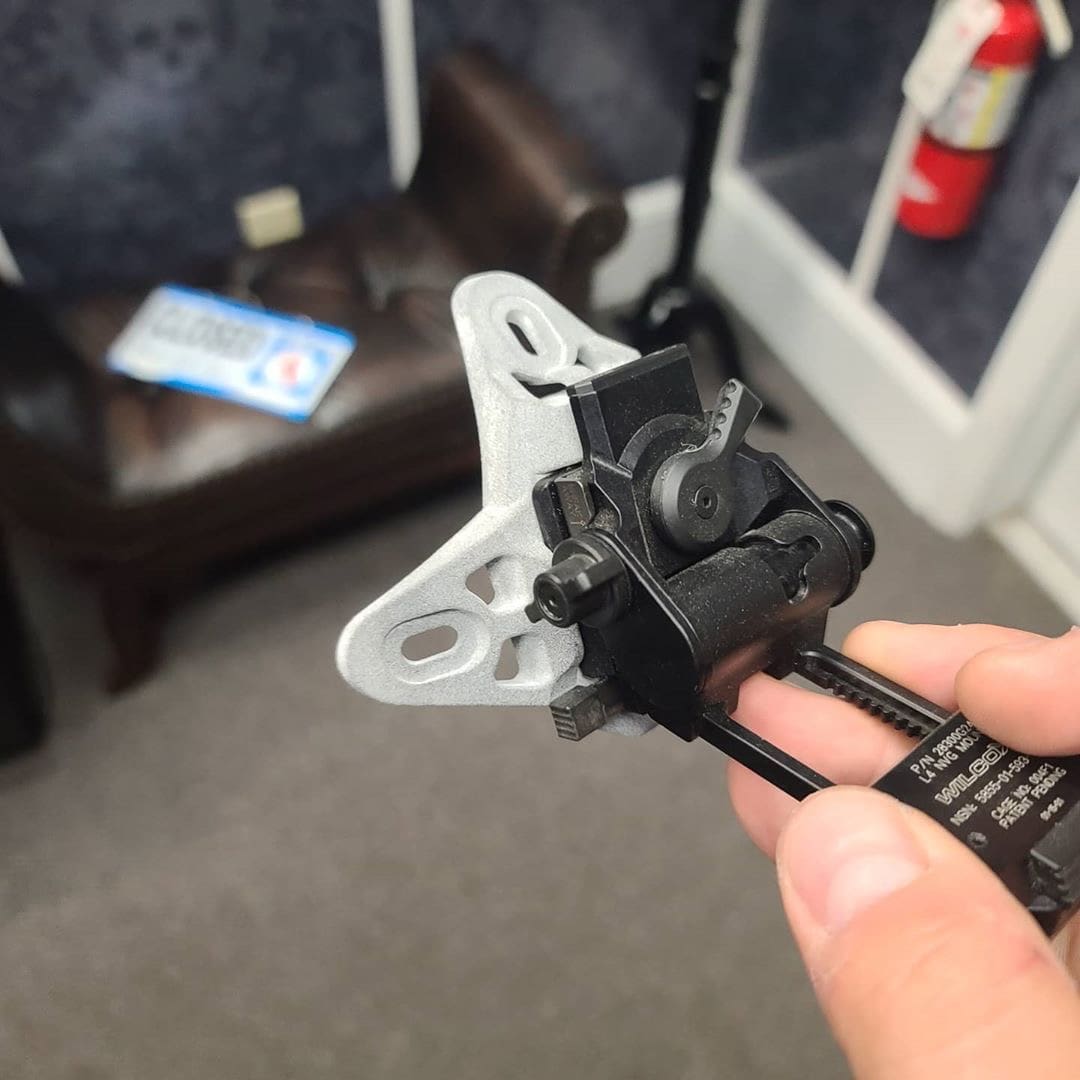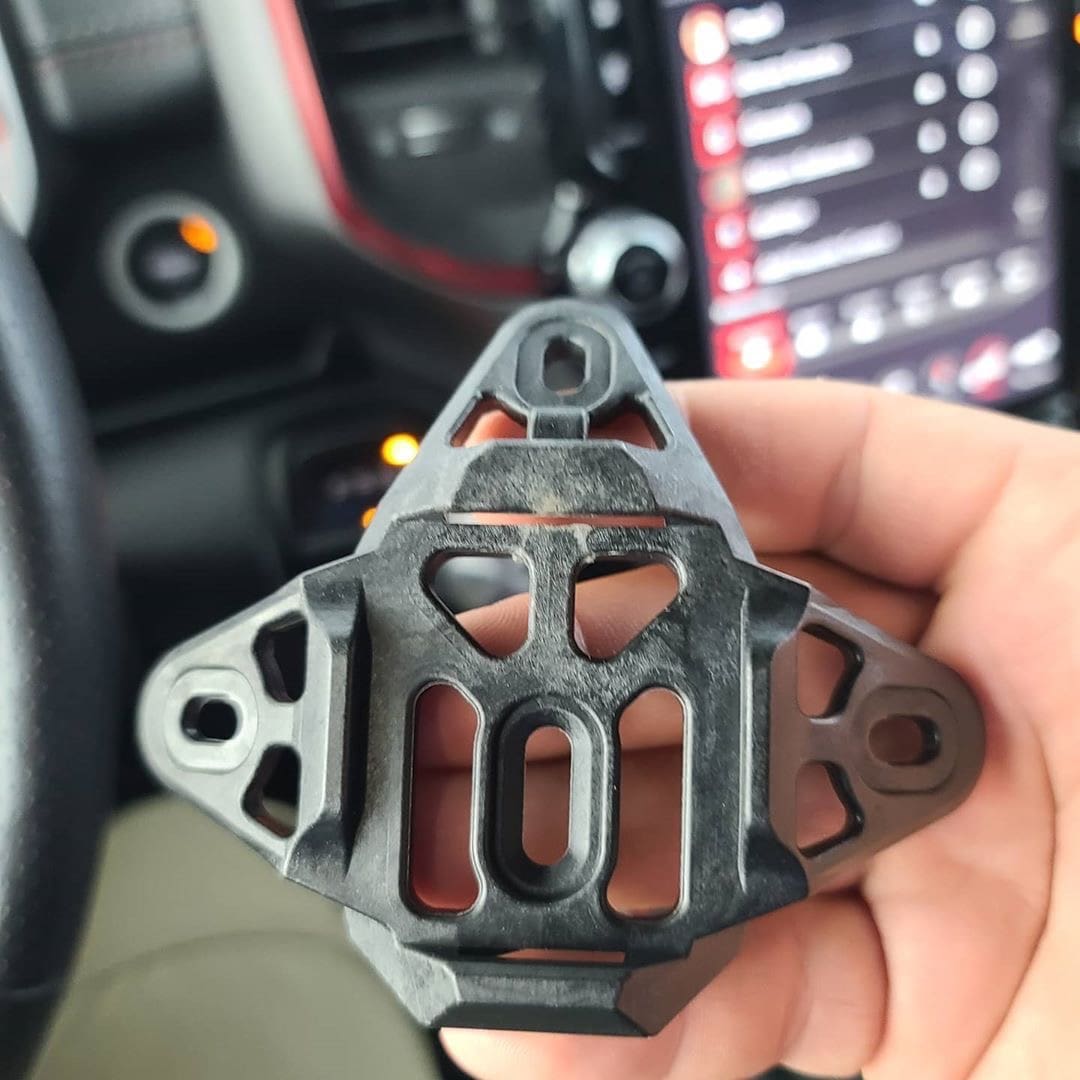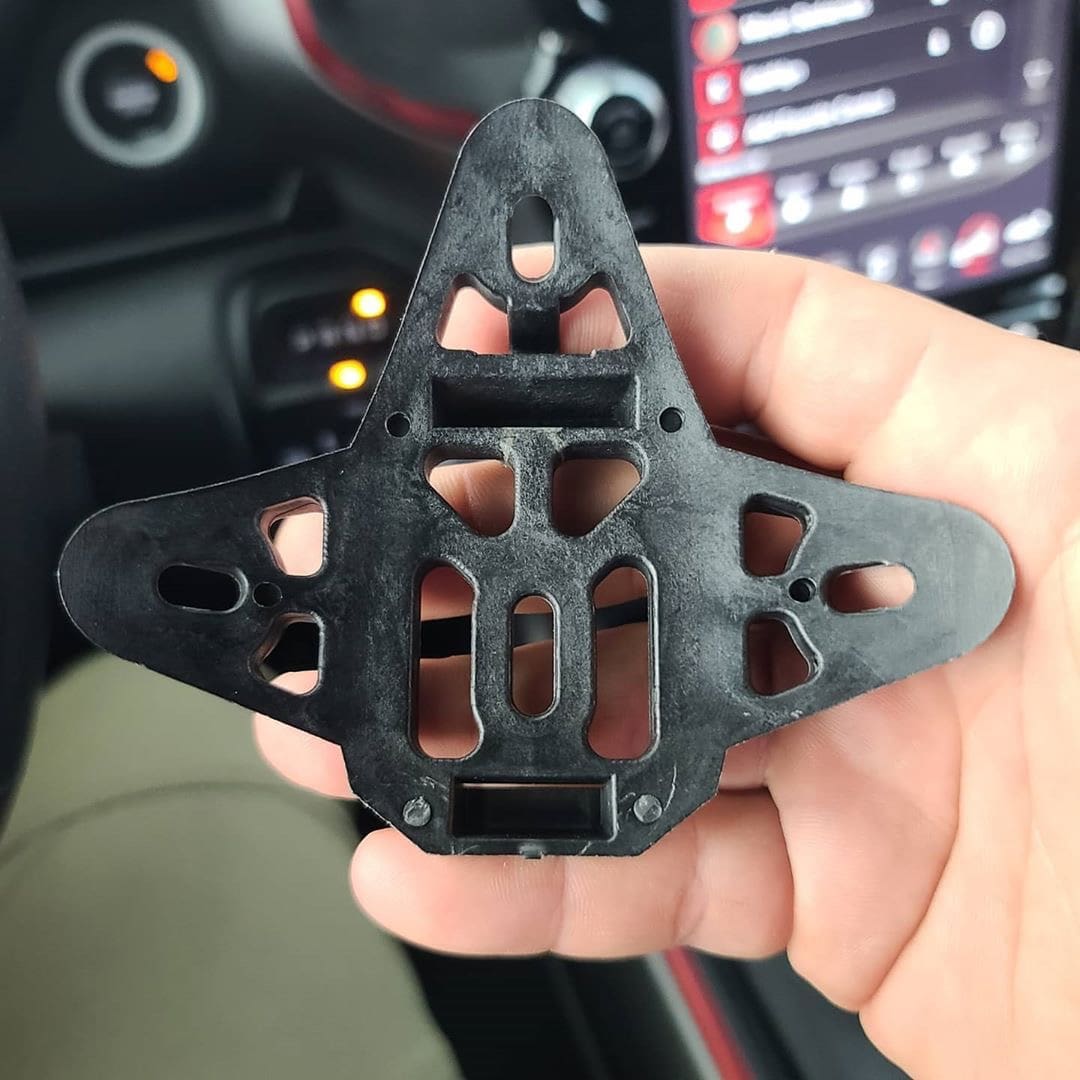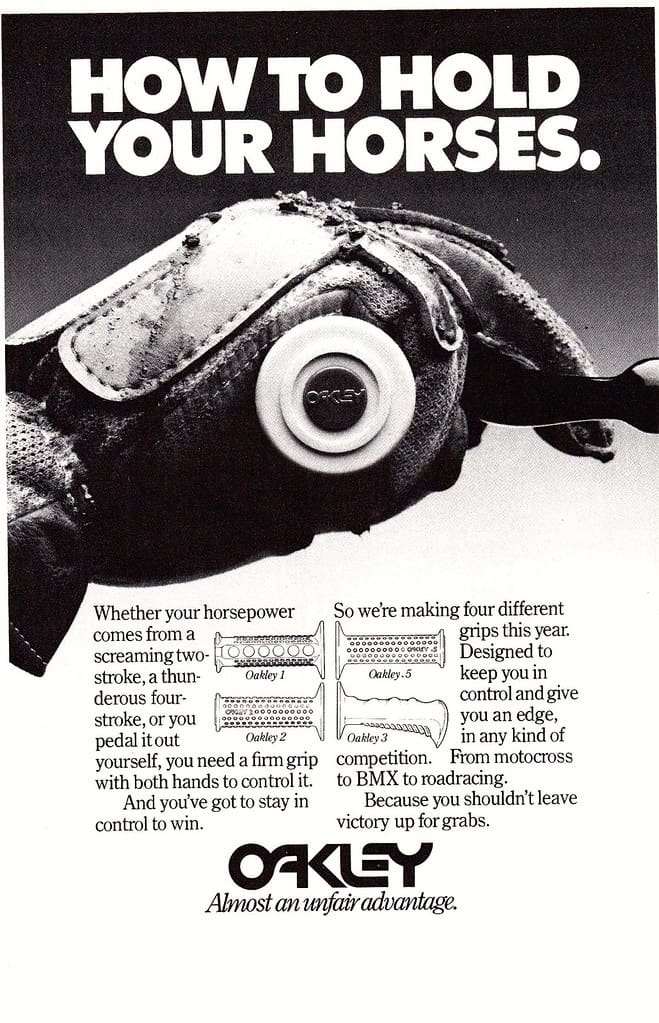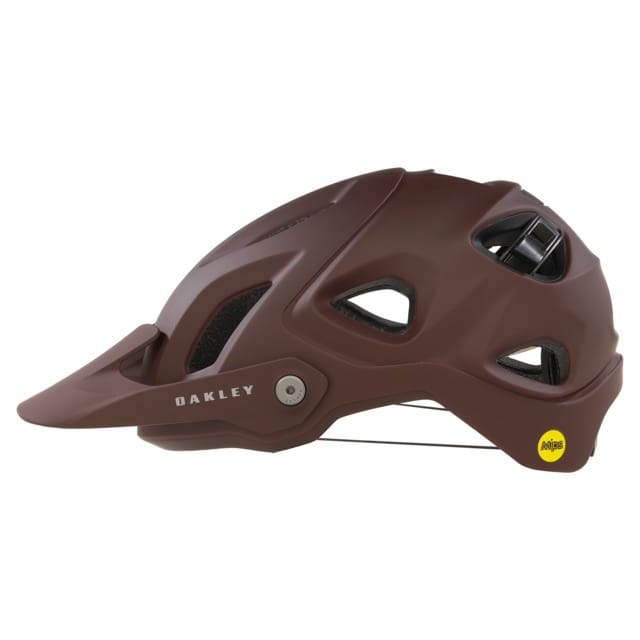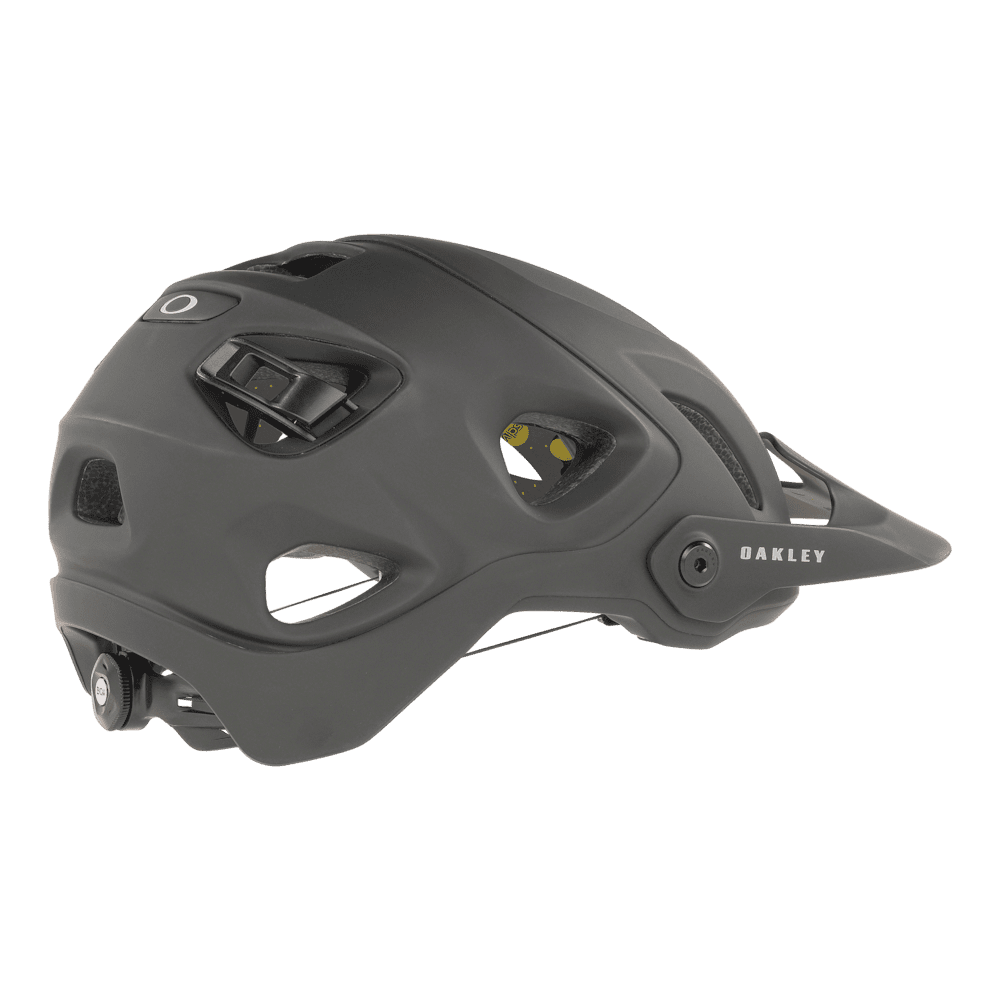Galvion, a world leader in innovative head protection systems and power management solutions, has signed a new contract to supply the Danish Ministry of Defence Acquisition and Logistics Organisation (DALO), with a suite of helmet systems. Awarded following a full and open competition, the 7-year contract is worth approximately USD $23.5 million. Galvion will deliver new helmets across two unique helmet geometries and additionally, has established a spare parts and life extension programme with estimated completion in 2034. As well as the Danish MoD, the Danish Police and Ministry of Foreign Affairs can also use this framework contract to procure and support their own specific helmets.

DALO is not a new customer to Galvion; in 2012, Galvion (under its former corporate name Revision Military) won a contract to deliver helmets and spare parts to Denmark over a seven-year period. Following a competitive technical assessment process including comprehensive user trials, this newest contract extends an already strong relationship with the DALO. Starting in Q4 2020, Galvion will begin delivering a combination of their flagship Batlskin Caiman® Special Forces helmet system and the newly launched PDxT™ helmet. The PDxT introduces a new helmet geometry to balance space, comfort and impact performance together with a low-profile shell. Both helmet platforms include the very latest APEX lining system, which can be configured to meet a variety of impact standards and mission requirements.
Major Kasper Riis from DALO said: “We’re pleased that Galvion won the tender and therefore will continue as our ongoing supplier of helmet systems, following an extensive competitive assessment to establish protection for our soldiers, whilst delivering value for money. Galvion (formerly Revision Military) have proven themselves to be a reliable and dependable supply partner to DALO in recent years and we’re confident that this new contract will build on that success and that Galvion will continue to be a good partner for DALO”.

Jonathan Blanshay, CEO at Galvion said: “We’re honoured to sign another contract with the DALO, solidifying our partnership for many years to come. Galvion has developed a reputation as the leader in NATO next-generation helmet systems, and the awarding of this contract speaks of our commitment to provide bespoke solutions for the modern soldier. He added: “Our team has created a suite of helmets for the Danish MoD that balances quality, durability and the all-important user-acceptance and we are excited to start delivering these systems to the soldiers who need them”.
As well as the new DALO contract, Galvion enjoys an impressive track record of large-scale global sales for protective head systems and soldier power management systems. Other customers include defence forces from the US, Canada, UK, Germany, the Netherlands, Norway, Poland, UAE, Israel, Australia, New Zealand, Indonesia and others.


